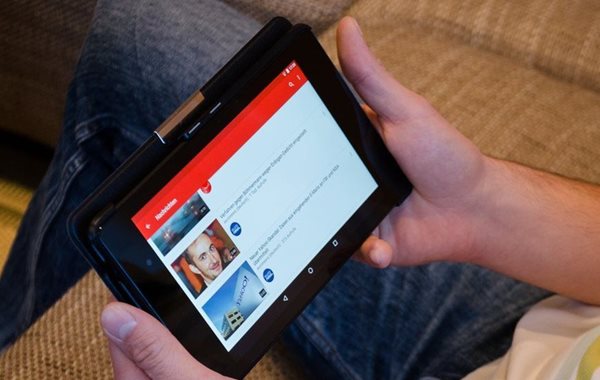
Top stories







We recently asked Kantar to conduct a meta-analysis of brand and media impact across traditional and digital channels, specifically looking at how television and YouTube work together. The study looked at 53 individual campaigns that aired between 2017 and 2019 in South Africa (n=approx. 53,000).
Why did we want to better understand how TV and YouTube work together?
Firstly, there are 24 million South Africans over the age of 18 on YouTube, and this number is growing. This is not a platform number, but the number of adult viewers who can be reached through advertising on YouTube.
Secondly, if YouTube were a TV channel, it would be the fourth largest channel in South Africa, since it currently has a higher viewership than SABC3 and any individual DSTV paid channel.
The insights from our research bring us to the seven “secrets” that can help marketers get the best out of their video advertising budgets.
1. Campaign reach is the result of synergy
Compared to TV, YouTube’s average campaign reach has grown by a phenomenal 87% since 2017, strengthening over time, while TV’s reach remains consistent. TV and YouTube used together are complementary mediums when looking to build synergistic overlap. YouTube is also highly effective at building frequency among light TV viewers, helping to deliver where TV struggles.
2. Share of investment doesn’t tell the whole story
YouTube’s share of investment (the percentage of the overall advertising budget that was spent on YouTube advertising) has been marginal from 1.5% in 2017 to 1.8% in 2019, while TV’s share of investment remains high, and increased from 40% in 2017 to 44% in 2019. Given YouTube’s proven track record for relatively high reach vs. its share of investment, it is wise for marketers to explore the role that YouTube can play alongside TV in any harmonious media strategy.
3. YouTube magnifies TV’s reach
Even with a low share of investment, Kantar found that YouTube is seven times more effective than TV at generating reach for intended audiences. A deeper analysis of the Kantar South Africa CrossMedia database also reveals that YouTube has been key in delivering overlap reach with TV, showcasing the online video platform’s power to magnify and extend reach in any given campaign that uses TV.
4. YouTube is seven times more cost-efficient than TV at reaching intended audiences
Ultimately, the study found that TV reaches 85% of the intended audience through a 36% share of investment, while YouTube reaches 20% of the intended audience with an investment share of 1.5%. That delivers real efficiency (average reach for investment) of 2 for TV and 13 for YouTube (higher efficiency numbers are better).
This is great news for marketers who need to decide where to invest their budgets, especially in light of limitations on marketing budgets and with increased targets for media efficiencies in 2021. For the most cost-efficient reach, Kantar recommends aiming for 30% of your YouTube target audience at a frequency of 4 over the campaign period, and being very deliberate to run YouTube alongside TV with the same messaging.
5. YouTube is five times more cost-effective than TV at driving brand impact
The results of the Kantar study have shown that YouTube is very cost-efficient in driving reach, but what about effectiveness? Is YouTube effective at driving sales or driving brand impact? Brand impact is driven by three metrics: awareness (is your brand top-of-mind?), motivation (is your brand there when a consumer intends to make a purchase?) and brand associations (which ideas and values are associated with your brand?). All three of these metrics are positively impacted by advertising on YouTube.
6. YouTube drives offline sales
Nielsen Matched Panel Analysis (MPA) analysed 55 YouTube campaigns across nine countries and found that over 70% of YouTube campaigns drove a significant lift in offline sales. The results of a Marketing Mix Modelling analysis done in South Africa show that YouTube was the most effective channel in driving offline sales at the best possible return of R90 for every R1 spent on advertising, compared with Google Search at R74, TV at R76 and radio at R19.
7. You probably already have the budget to add YouTube and gain reach
Our experience with our customers has shown that because YouTube requires such a small investment, it is easy to add to your marketing mix. Our customers are doing this in two ways: either by allocating a small portion of their existing budget to YouTube, or by adding a small increment to their existing budget. We’re working with customers to help them find the exact ratio that makes sense for their budgets, and the results have been promising.